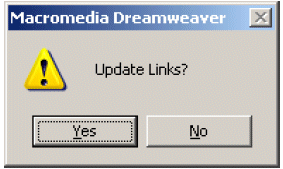
You can see below that the file has a single People element (the root element) with three Person elements inside. This file MorePeople.xml below, is perfectly valid syntax-wise. Generally speaking, errors found on XML files belong to one of two categories metadata errors and errors in the data itself. So, how can you check in advance that the data is correct? Let’s see first some possible error types. It might have already performed some irreversible operations on the file system and the registry, by that time. The last thing you want is to discover data errors in runtime, 500 lines deep in the script’s middle. When you lean on XML data, you must ensure that all the data is valid according to the defined schema. This is where the schema comes in to play. Validating XML DataĪn XML file may have the correct syntax (editors like Notepad++ will complain if not), yet its data might not match the project requirement. The schema essentially defines the structure of the XML. The data types for elements and attributes.The number and order of child elements.The names of elements and attributes that can appear in that specific document.An XML Schema defines the legal building blocks of a specific XML document: In the previous section, you saw two different XML files representing a data set in two different ways. Each computer has various elements like name, IP address and an Include element for inclusion in a report.Īn element is an XML portion with an opening tag and a closing tag, possibly with some text in-between, such as SRV-01 Let’s say you have an XML file with a bunch of computers and would like to use PowerShell to parse this XML file. It uses a “path like” syntax to identify and navigate nodes in an XML document. The Select-Xml cmdlet allows you to provide an XML file or string along with a “filter” known as XPath to pull out specific information. Let’s first cover one of the most popular and easiest ways to use PowerShell to parse XML and that’s with Select-Xml.

Parsing Powershell XML Elements with Select-Xml Notepad++, Visual Studio Code or another text editor that understands XML.

The examples were created on Windows PowerShell v5.1 To follow along with the presented material, you should have:

String Length Validation with xs:restriction.Adding setting to the default schema – examples.Using the Schema File to Validate Your Data.Using PowerShell to Parse XML Attributes with Select-Xml.Parsing Powershell XML Elements with Select-Xml.


 0 kommentar(er)
0 kommentar(er)
